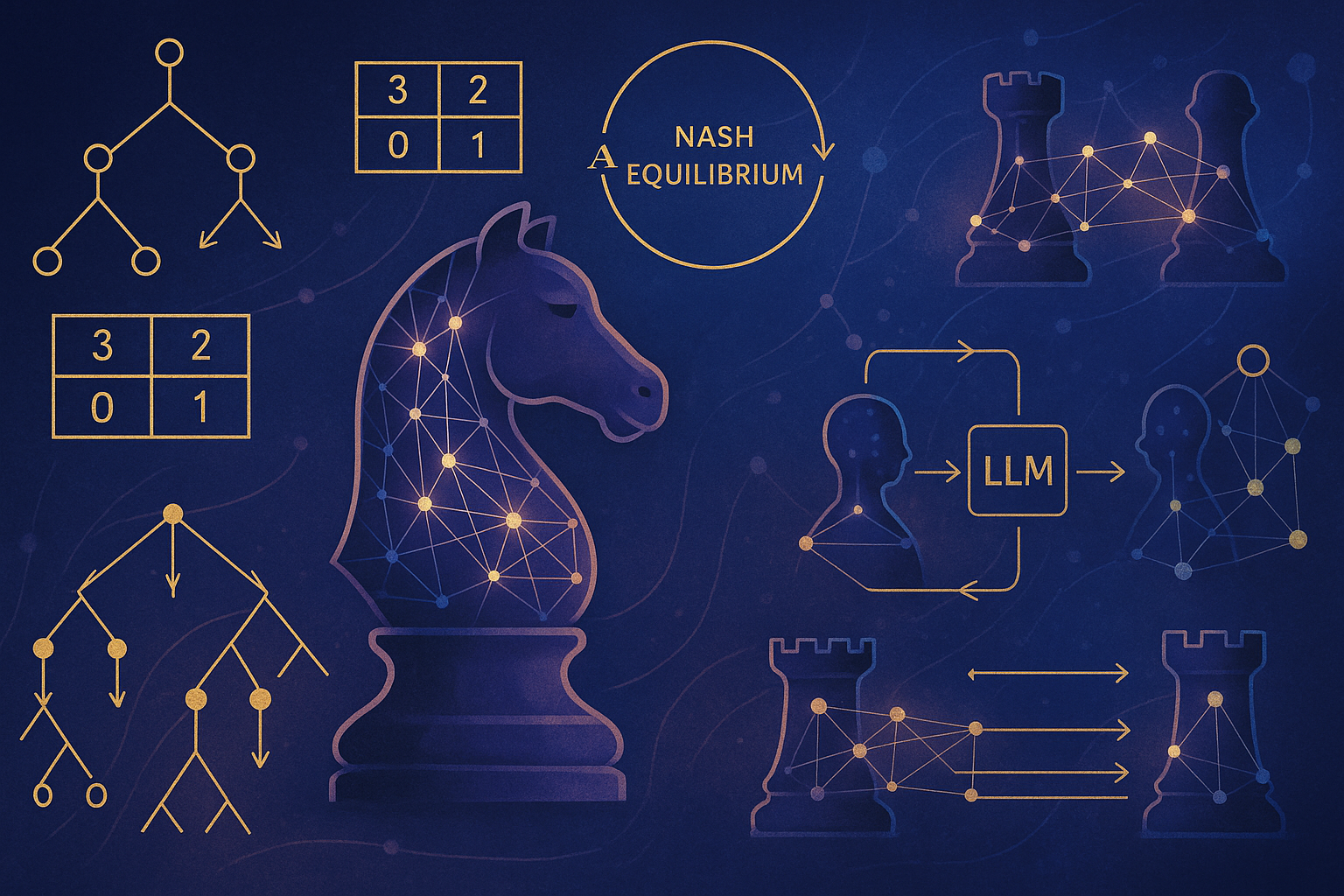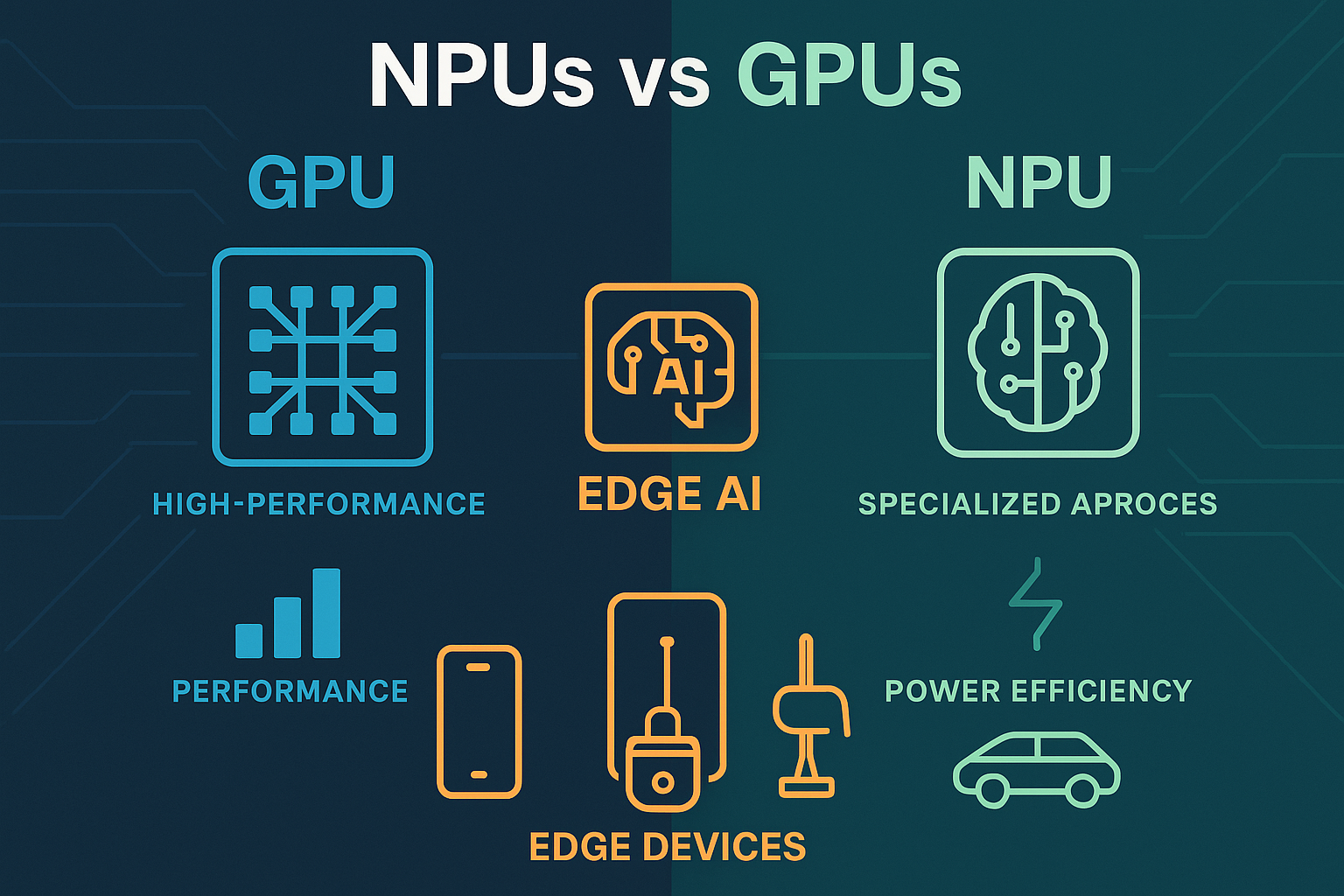Table of Contents
The concept of the smart home has evolved dramatically over the past decade, moving from simple automation to interconnected ecosystems. Yet, despite advancements, smart homes often feel more like a collection of gadgets than a truly intelligent assistant. This is where Large Language Models (LLMs) like Gemini are poised to spark a revolution, transforming our smart homes into truly intuitive and proactive living spaces.
Beyond Basic Commands: The Power of Natural Language
Today’s smart homes largely rely on rigid commands. “Turn on the living room lights.” “Set the thermostat to 22 degrees.” While functional, this lacks the natural flow of human conversation. Imagine instead saying, “It’s a bit chilly in here, could you make it comfortable?” or “I’m about to start cooking, dim the kitchen lights and play some jazz.” LLMs enable this level of conversational understanding, interpreting intent, context, and even subtle nuances in your requests. They can learn your preferences over time, anticipating your needs rather than simply reacting to explicit commands.
Proactive Assistance and Contextual Awareness
The real magic of LLMs in the smart home lies in their ability to move beyond reactive controls to proactive assistance. With access to various sensors and data streams, an LLM-powered smart home could:
Anticipate your return: Based on your calendar, traffic data, and typical routines, the home could adjust the temperature, open blinds, and even start your favorite playlist just before you walk through the door.
Optimize energy use intelligently: Instead of just following a schedule, the home could factor in real-time energy prices, weather forecasts, and your actual usage patterns to optimize heating, cooling, and lighting, saving you money without sacrificing comfort.
Enhance security with understanding: Beyond just detecting motion, an LLM could analyze unusual sounds or patterns, cross-referencing them with known household activities, and alert you only when a genuine anomaly occurs. For instance, it could differentiate between a pet’s movement and a potential intruder.
Seamless Integration and Interoperability
One of the biggest frustrations with current smart homes is the fragmentation of devices and platforms. An LLM acts as a universal translator and orchestrator, bridging the gaps between different brands and ecosystems. It can understand commands regardless of the specific device, translating your intent into actions across all connected appliances. This means no more struggling to remember specific app controls or complex routines for different devices.
The Future is Conversational and Personalized
The integration of LLMs promises a future where smart homes are not just automated, but truly intelligent and personalized companions. They will understand our moods, anticipate our needs, and interact with us in ways that feel natural and intuitive. This transformation will move the smart home from a novelty to an indispensable part of our daily lives, making our living spaces genuinely smarter and more responsive to our individual rhythms.







Start the conversation